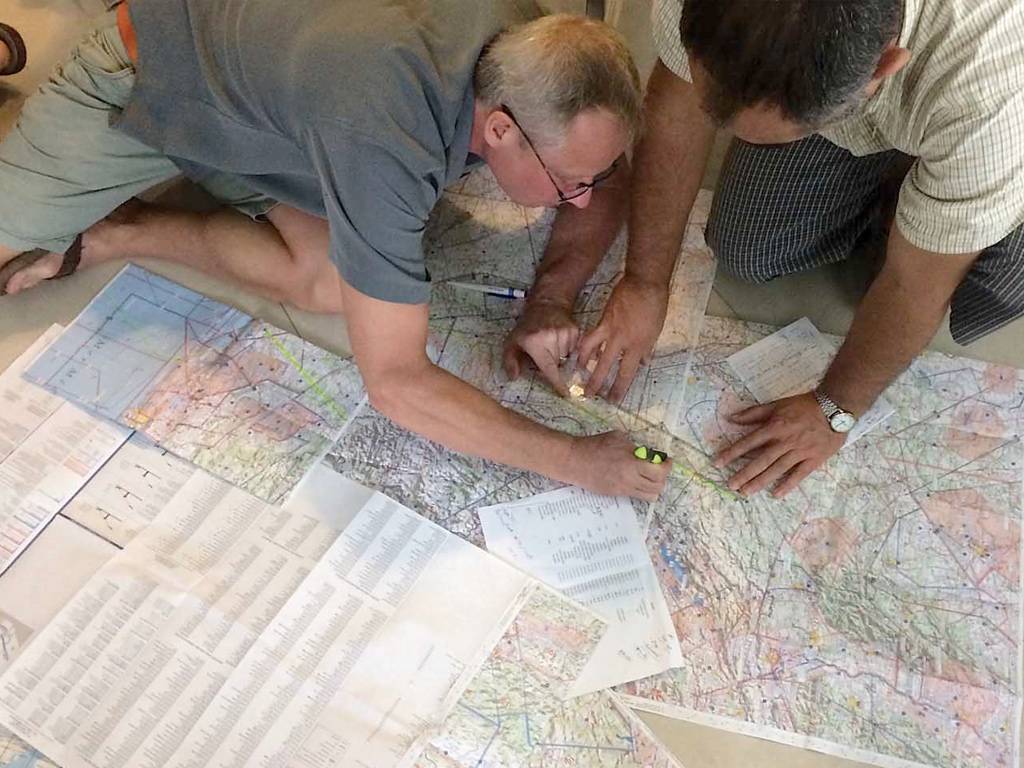
The sweet song of Gabonese voices swells in harmony through the open windows of Cathédrale Saint Louis and drifts to the rooftop patio of Hôtel Loisirs Mandji. To the north, a football match unfolds. I shift my gaze east, towards Cape Lopez Bay, as a Dauphin helicopter skirts across the sky. I spend most late afternoons on this rooftop, but tonight will be the last. I am in Port-Gentil, Gabon — a small town on a narrow peninsula that reaches out into the Atlantic on the west coast of Central Africa. Yet another contract in Africa has come to an end, and we are to ferry the aircraft north to Poland and storage.
The horizon finally devours the great red sun. The sky blooms into warm hues of pink among massive thunderheads far out to sea. The pinks deepen into strong reds with yellow bands artfully brushed across the sky as the fiery brim of the sun wavers. I watch the sky churn into a maelstrom of crimson, then head downstairs to join my friends for dinner.
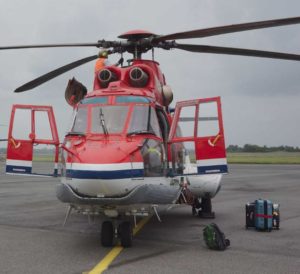
Advertisement
I love Gabon. During our time there we occasionally flew our Super Puma down the coast to Gamba for the afternoon, where elephants roam freely through the village. This is a proper jungle, on the edge of the equator. While there, as we waited for hours under that equatorial sun, I would hike down tunnels of foliage cleared by elephants, among the song of the cicada, careful for snakes or crocodiles along the waterways.
But while Gamba has its elephants, and Libreville, the capital of Gabon, has its charm, it was Port-Gentil that had been our home for the past nine months. We took deep sea fishing trips far offshore, spent afternoons on the gorgeous beaches, snorkeled and biked, dined and laughed. The people are wonderful; the French cuisine, incredible. We favored Le Bistro, Chez Tantine Nanou, or the classic Café du Wharf. The latter is a longstanding diner with ceramic tiles in exotic motifs, colorful orange walls, bright yellow tablecloths, elegant dark wood furniture, pink and purple drapes, and black and white photographs hung amid local artwork and crafts. Diners can enjoy unusual dishes for Western palates, including caiman and forest antelope.
Evenings are spent playing pool at the Iguana Cafe, with its live music and eclectic crowd. During one such visit, I was blown away when the local lads laid into an eerie rendition of the Pixies’ “Where Is My Mind?”
Beginning the journey
In the morning of our departure, the two Super Pumas are prepped for flight. Since the downturn in the industry, layoffs have been aplenty in the offshore sector, so all that remains are the old-timers. As a result, there’s no pilot on this trip with less than 10,000 hours. My co-pilot has far more time than I do, and has flown this route a dozen times. So we plan to take turns; I’ll fly right seat to Spain, then hop into the left seat and run the radios through Europe.
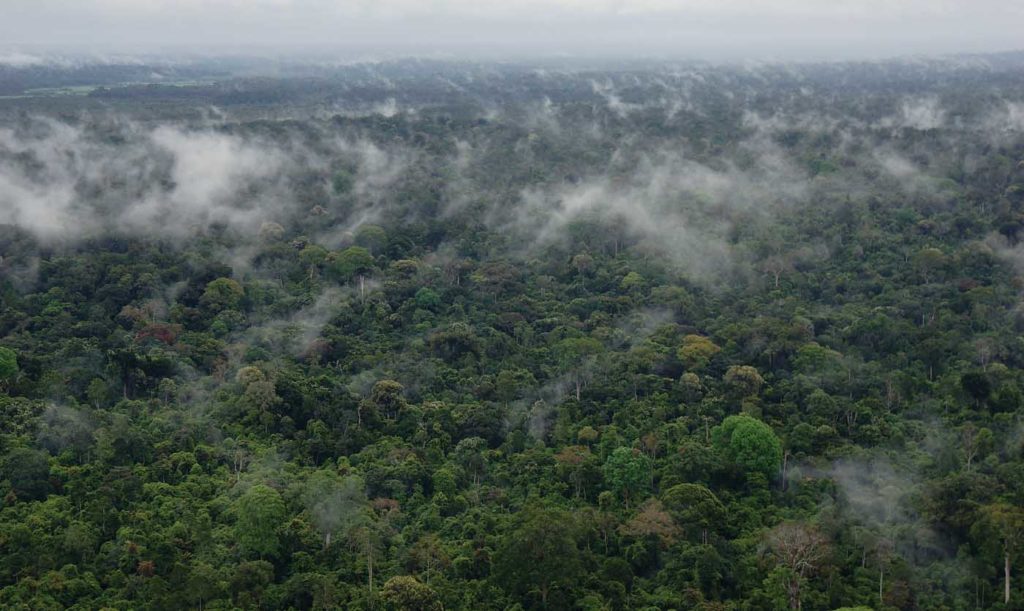
After a brief delay due to some issue with the Port-Gentil authorities, I pull one of the old girls into a hover, push over the nose and climb into the wind, turning north towards Libreville to begin the long journey to Poland. We have pored over maps for weeks, got all the permits in place, and prepaid for fuel at all the stops on our journey. We have a lot of U.S. dollars hidden onboard, as cash is king in Africa. The route is not difficult; keep the sea to your left and head north.
We fly into harmattan — an annual weather pattern in West Africa that brings dry, dusty winds — somewhere abeam Cameroon, and visibility reduces to pretty much straight down. We continue north to Port Harcourt, Nigeria.
Having been designated the money guy for the trip, it’s my job to deal with the driver of the ancient fuel truck that rattles up. Apparently, our prepaid fuel has not been sorted and the driver advises us that a trip into a Port Harcourt bank is required. It will take all day. Perhaps we will have to spend the night… or we could pay cash? It’s too early to delve into our cash reserves, so I begin my act. I’m happy. I’m beaming. I’m more than willing to take a trip into a Port Harcourt bank, and maybe grab some lunch with my new Nigerian friend? He is not so impressed. I push harder.
“Let’s go into town, buddy — I want to see Port Harcourt!”
He pulls out his phone and has a quick discussion. It seems the payment has gone through after all and everything is golden, so no delay is required. I’ve been flying around Africa for the past decade, so this is not my first kick at the can. With full tanks, we soon depart and climb back into the dust.
Further north, Lagos harbor is littered with rigs. It appears that the downturn in the oil industry has hit hard everywhere. We push on down the beach into Cotonou, Benin, for the night.
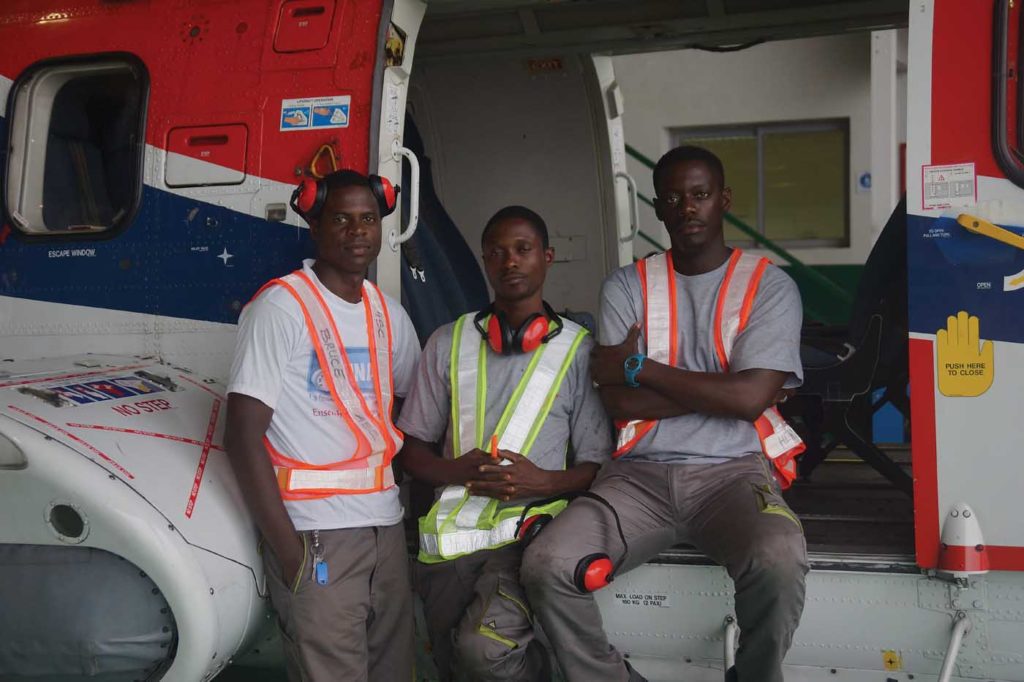
We land, and my co-pilot takes all the paperwork, ferry permit and whatnot, into the Agence Nationale De L’Aviation Civile (ANAC) office across the ramp, while I help the engineers tie down the blades and install the covers for the night.
A military jeep suddenly pulls up, and then men that get out are yelling at us, asking who gave us permission to land. I calmly tell them we have a flight permit and tower gave us permission to land. They yell some more and another truck arrives, followed by a third. The growing throng of people are all unhappy with our arrival. What are we doing there? What right have we? I tell them to follow me into the ANAC office, as my compatriot has gone in with all the paperwork and required payments. I start walking across the ramp, motioning them to follow. No one does. They all disappear.
After dinner at a nearby resort, another old Africa hand asks if I want to walk into Cotonou and hit a bar we saw on the drive in. Sure, why not? I remove my watch, phone, and wallet, and slip enough cash into my pocket for a short night in town. Off we go.
After a couple of beers, it’s getting late, and we saunter on back to the resort. Two lads on a motorcycle cut us off. They carry AK-47s. I can’t quite fathom their uniforms. Police or military? I can’t say. They aren’t happy. They demand paperwork. We don’t have any. They say they will take us to the police station and we will be arrested and spend the rest of our days in a Benin prison. We shrug and follow them — they’ve got guns.
They take us on a long walk to a large gentleman who is angrier than they are. He demands our passports and photographs them. He yells at us some more. I should be somewhat worried, but all I can think about is how great of a story this is going to be. More yelling. My buddy doesn’t speak any French, so the youngest of the lads in uniform pulls me aside and tells me my friend is being obnoxious and they might have to hurt him.
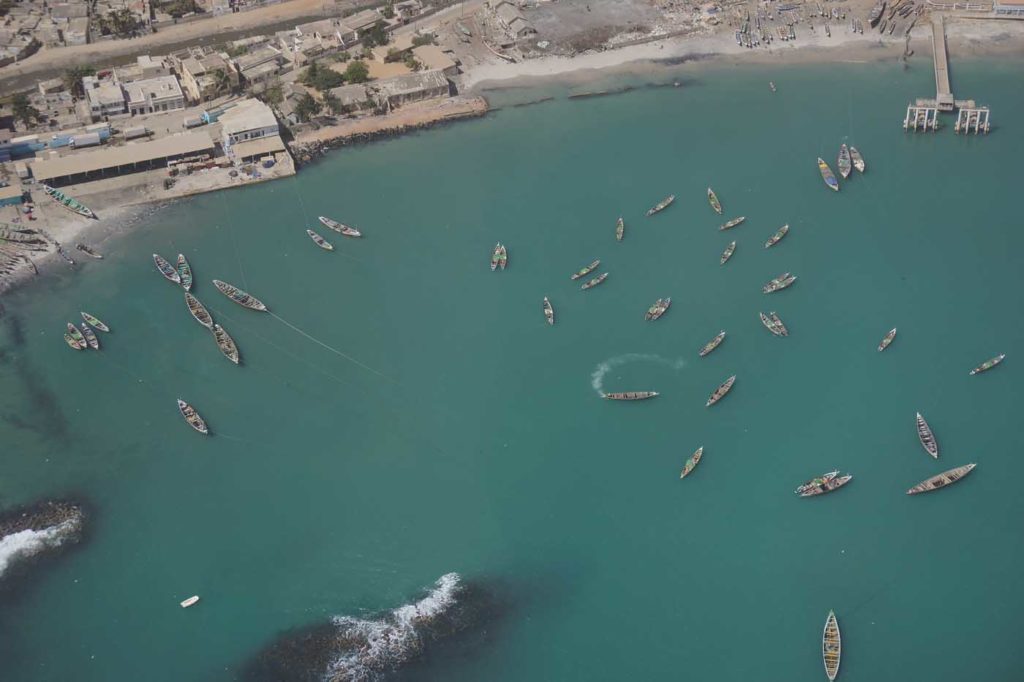
“Nah, you don’t have to hurt him, he’s just obnoxious when he’s scared,” I say. The lad rubs his chin thoughtfully. He goes over and talks with the large man. He returns and asks me how much cash I have on me. He could have started there — we’ve been at this for over an hour now; if this was just a shakedown, why all the drama? I pull out my pockets to reveal $40 and some change. My friend reluctantly does the same. They relieve us of the contents and send us on our way. We almost make it to the resort when the motorcycle lads stop us again. We are marched back to the large angry man who hands us our change and waves us off again.
Heading West
The next morning we make the short haul up the beaches of Togo for an early night in Accra, Ghana. This is a treat, especially after Benin. Everyone has a splendid night. I’ll skip the details.
Early the next morning, we launch for Abidjan, Ivory Coast. There are a plethora of United Nations aircraft on the ramp — a legacy of the Second Ivorian Civil War, which lasted several months in 2011 — but little indication of trouble on the ground. In fact, we are all impressed with downtown Abidjan, appearing as modern as any city anywhere.
I’m led to a backroom across the ramp where the official seems to pull more charges out of the air, and we have little choice but to pay. Fuel payment is also an issue, so I tell the refueler that I have to make a few phone calls to ensure the prepayment is canceled before I pay cash, as we can’t pay twice. The prepayment is accepted before I complete the call and we are soon off again with full tanks.
After overflying the downtown hub, we decide a low level run up the country is in order. While the route is mostly uninhabited forest, it becomes apparent that we startle the odd village, as everyone runs for the trees as we pass overhead. We climb a few hundred feet and soon pass the impressive Basilica of Our Lady of Peace of Yamoussoukro, a huge church just south of the city. Things are much easier at the small Yamoussoukro airport, and friendly to boot. Small fees are paid, fuel is taken with no drama, and we launch for Liberia, Monrovia.

We eventually cross the border and call the tower. We are asked how many souls onboard at least a dozen times. As we approach, they request an altitude that does not clear the hills to the east of the airport. We use some discretion. Once at the airport, amid numerous white U.N. birds, we are met with a large bus. We are only 60 feet from the airport offices, but are advised we must take the bus. They charge us $500 for the ride. We pay all the exorbitant fees, but they are not made up on the spot — there is a printed list of the services provided and the going price. I even get a receipt.
The Liberia Ebola scare has just been declared over, but hand washing signs everywhere remind us of the horror that recently plagued this pretty country. We grab a van into the RLJ Kendeja Resort & Villas. Ladies in colorful kangas with large loads on their heads amble down the red dirt roads. Kids play everywhere. Chickens run about. It feels like quintessential Africa. The resort is a pleasant spot on the beach with boardwalks running to and fro.
The following morning, we are soon airborne again, and claw our way for the next horizon. We fly over the diamond mines of Sierra Leone before settling into Conakry, Guinea. There, I offer chocolate bars to anyone who wants one. Things move quickly and everyone is friendly. It’s a pretty spot, but only a fuel stop for our two Pumas. We’ve heard numerous horror stories of pilots on ferry trips being arrested in Guinea-Bissau, the country we pass next. One fellow recommended a low level run far offshore with the radios off, but we elect to cut straight across towards Dakar, Senegal. We call in like the good boy scouts we are, and of course, they demand that we land at their airport. Our radios cease to function.
Dakar is quite a sight! Tower allows a circuit around the impressive African Renaissance Monument (a 50-meter-high statue on a 100-meter hill) before parking us way out in the nether regions of the airport. Paperwork is again a headache, then we grab a bus into the opulent King Fahd Palace Hotel on the most western edge of the African continent. The rooms are gorgeous, but we soon meet up at the seaside patio, where U.S. Embassy personnel are having a blowout and cannonballing into the pool. Dakar is amazing, so one of the birds has a “mechanical” and we spend an extra day. We see a few sites in town before hopping a boat out to île de Gorée, a slave trading post used between the 15th and 19th centuries. We hope it will be historically enlightening, but are hounded by street vendors from the moment we arrive until our departure late in the afternoon.
Desert Sands
We depart early the next morning back into the sands of harmattan, climbing above it for the clear blue skies of the Western Sahara.
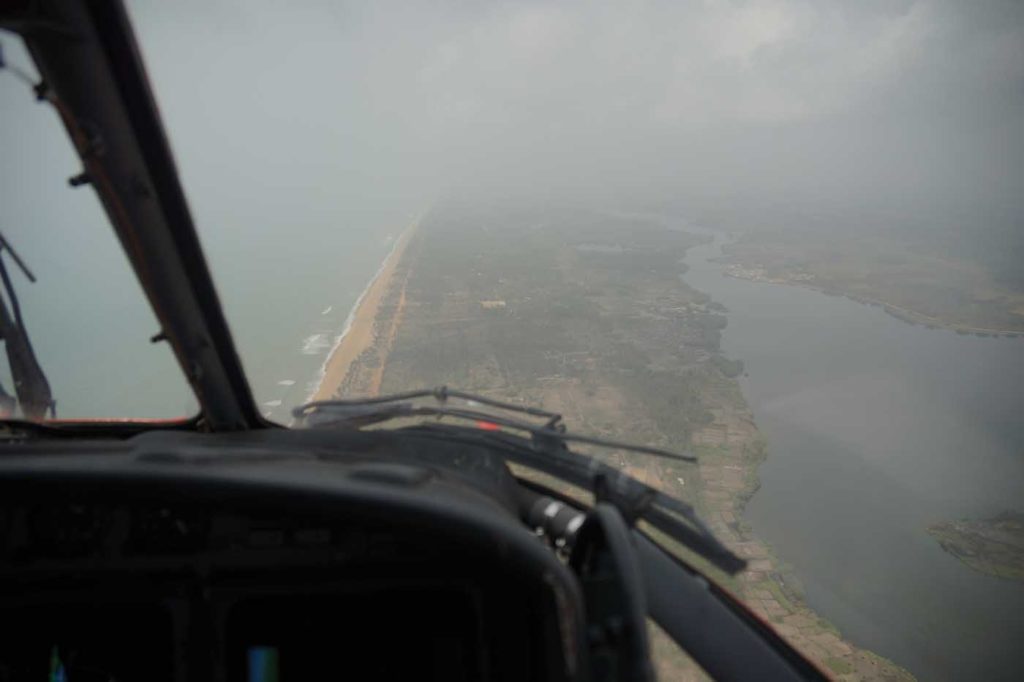
Next stop: Nouakchott, Mauritania. Ah, dusty Nouakchott, where fine sand irritates the eyes and coats the teeth. Visibility is less than a mile, so all we see as we line up for the runway are the rows of ancient square domiciles of town. Again, our fuel prepayment is an issue, but we handle it as before and make a quick turnaround of the stop.
Our route now took us over Western Sahara. I had spent months in Morocco on other contracts but had never been to this region. On previous contracts, we had driven into the desert and rented camels for forays into the dunes and explored the Atlas Mountains, but this was the real deal, with sand dunes stretching beyond one’s imagination. The only water we had onboard was this iron-enhanced crap I picked up in bulk in Libreville. It tasted horrible, so we had passed bottles off where we could, and it was now getting low. Next stop, we’d stock up with something drinkable.
No one wished to put down out here. At times you’d see random nomads and stray camels, but for the most part, the Sahara is more barren than anything I had encountered in Canada’s North.
The city of Dakhla appeared more inviting, perhaps due to having left the dust-laden skies behind us. It’s a small coastal settlement on a thin peninsula of sand that ventures out into the Eastern Atlantic, where the sky is impossibly blue. We arrive after a long day as the sun sets. Here, the fees are negligible, but the bureaucracy maddening. We spend hours sorting everything with a lone official, before being allowed to venture out into the parking lot. There are no taxis but a local fellow offers a ride to the Hôtel Bab Al Bahar, an enchanting establishment with friendly staff who thankfully serve gin and tonics. The driver accepts no fare for three trips from the airport to the hotel.

I step down narrow stairs into the coolness of the cement, then into the lobby. I admire the simple painting above the ornate couch and wait for the concierge. The credit card system does not work, and local cash is required. There is a bank up the street and there is no rush, “Just pay before you leave please, sir.” We drop our bags and wash the dust from our faces, then make our way down to the open-air restaurant that overlooks the water. We dine on tender lamb stewed in tomatoes while the lights of small boats dally past in the Bahía de Dakhla.
Northern Africa
We have a mechanical issue the next morning, but thankfully it’s quickly sorted, as this would not be an easy place to get parts into. We launch for Laayoune then Agadir, flying low up the crumbling sand cliffs that border the heaving Atlantic. The dark mountains of the Anti-Atlas range are to our right, and the snow-capped peaks of the greater Atlas range unveil themselves as we draw north. We spot crumbling walls of Kasbahs (ancient forts), and more villages appear as we continue. Rivers from the mountains feed the sea, and green fields line their banks. We pass over a bizarre mosaic made up of vast fields of white rectangles (it turns out they are air-conditioned greenhouses that cover the entire area). After a while, a glare on the surface catches the eye, like the sun itself had fallen to earth. Behold the Ouarzazate Solar Power Station, the world’s largest solar energy project.
Agadir had been my home on two separate long-term contracts in the past, so I was very familiar with the place, and we now developed a legitimate maintenance issue that required parts. We booked into the 5-star Hotel Sofitel on the beach and let loose!
The first meal following a long walk down the Agadir beach promenade was Le Mauresque Lounge for succulent tajine d’agneau aux pruneaux. This is one of my favorite restaurants on the planet, right up there with the Tamarind in Mombasa, Kenya.
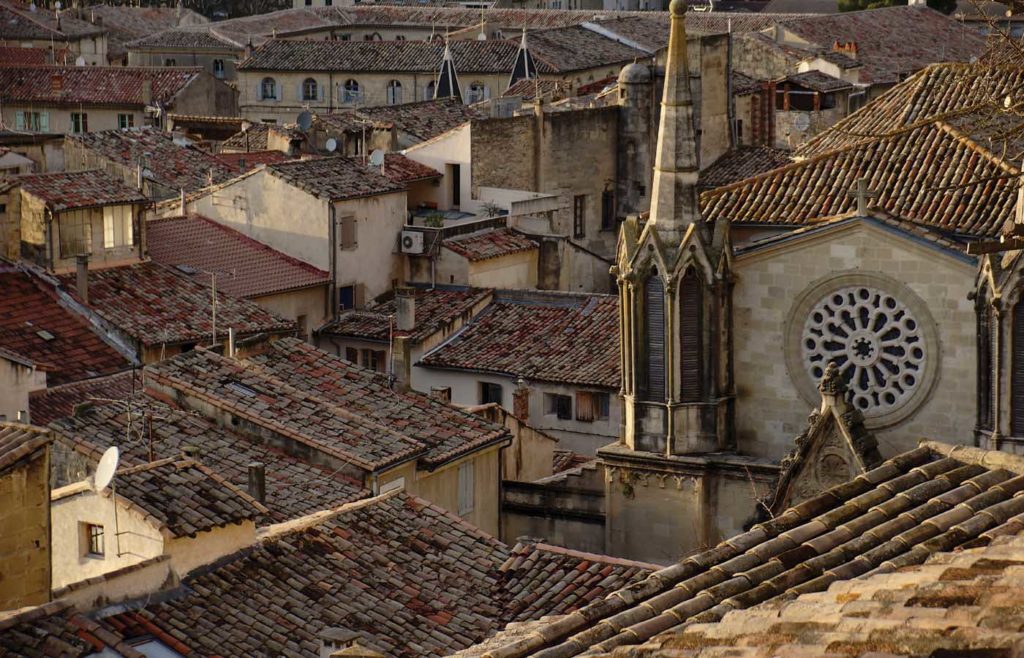
Advertisement
We rented dune buggies and raced into the Atlas Mountains and visited local Kasbahs for mint tea, then bartered with Berbers in blue for fine hand-hewn carpets. Some spent the days in the resort’s spa or poolside with a good book. No one was in a hurry to push on, but all too soon we were airborne again, filing instrument flight rules (IFR) as restricted airspace littered the landscape. We topped our tanks in Casablanca, then flared into Tangier Ibn Battouta Airport in the late afternoon. The official who met us was pleasant and pushed our paperwork through without drama, and even gave my name and number to her uncle for a trip through the city in the wee hours the following morning.
I was up early and walking the Ancien Medina with the official’s uncle, checking out the cafes frequented by William S. Burroughs, Paul Bowles, Jack Kerouac, and Allen Ginsberg. From the ’20s well into the ’50s, Tangiers was known as a place where anything could be bought for a price, a mythos that attracted expatriate artists and writers.
The final stretch
The aircraft remain serviceable, and we are airborne mid-afternoon for Spain. Reports of migrants’ failed attempts to cross into Europe fills the news daily, so we keep our eyes peeled on the Strait of Gibraltar below us, but only see commercial vessels. Back over land, we pass over 100,000 acres of greenhouses, supplying much of Europe’s vegetables, then flare into Almería, Spain. I am sure Southern Spain is gorgeous, and one of the engineers worked forest fires here for a few seasons and loved the region, but it is a holiday the day we land and everything is closed, the hotel is nondescript, and the only place we can find open is a Taco Bell at a strip mall. We are already missing Africa.
We take off for Ibiza and fuel, then travel on into Montpellier for unseasonably cold South-of-France weather. A snooty refueler eventually gets the Jet A flowing, but our engineers find a rather serious item on the post-flight checks, so it looks like we’ll be exploring the area for a few days, despite the cold and rain.
Eventually the parts arrive, and we depart for Dijon, the land of mustard and the Breitling Jet Team. We had planned our route through the Alps, but a massive low pressure drifting through the region, especially in winter, makes us reconsider. The service is much friendlier in Dijon, but the weather is terrible. It is near freezing, and these Pumas do not have the flight-into-known-icing capability of the Pumas I flew out of Halifax offshore for a decade, so we are compelled to low-level scud run through Europe. It’s that or stay put. We chat to a local medevac helo pilot, then elect to continue on.
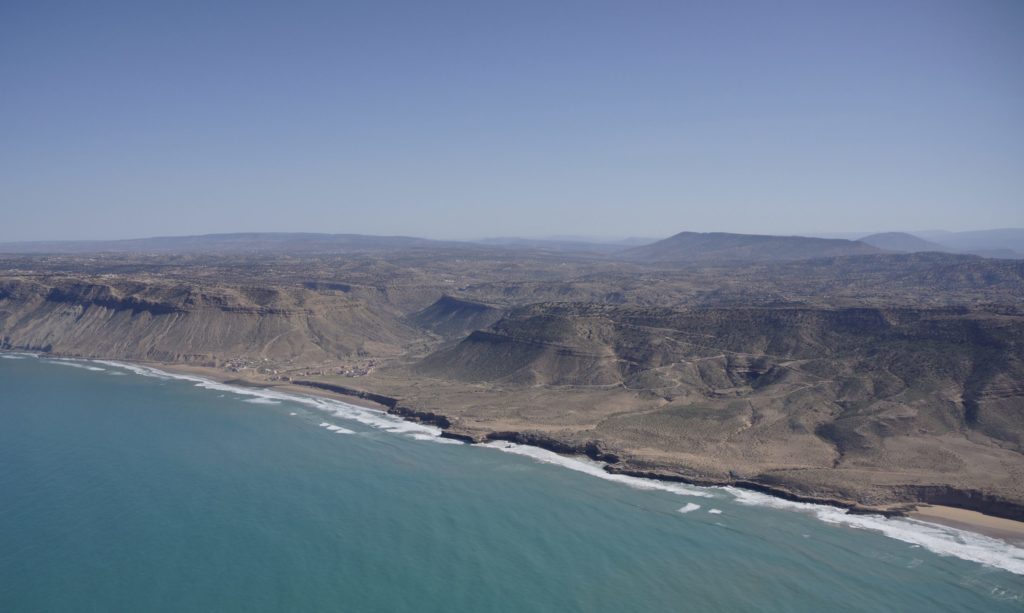
We push up to Luxembourg and have issues with the tower, but must spend a day there to wait out more poor weather with a hike through town. I prefer Port-Gentil to Luxembourg any day, and was glad to be on my way.
We shoot for Prague, but are soon dodging hilltop castles and wind towers, and crawling through the treetops. We drop into lower country and divert to Nuremberg, Germany. The weather worsens, so we end up staying for a few days.
One of the pilots is a history buff, so we make a foray out to the Nuremberg trials museum, the Nazi party rally grounds, the Imperial Castle of Nuremberg, and countless basement beer halls for bratwurst and sauerkraut. The classic bratwurst houses typically have large tables where everyone sits together. We sit with two couples well into their 80s who grew up here in Nuremberg. We do the math and wonder what they had seen.
Once the weather finally lifts, the next stop is Prague. Everyone loves Prague! We stay at the opulent Grand Mark Prague. I’ve stayed in some swanky places in my day, but this is the cake. I have two floors, a spiral staircase, a hot tub on the second floor, a patio with a view out into a wonderful garden, and more furniture than I have at home (and I’m pretty sure none of it was from Ikea). We visit the St. Nicholas Church and spend the day exploring all of the old city and fine dining. Compared with much of my experience of Europe, Prague is friendly and inexpensive, with the most stunning architecture I’ve ever seen. (At least two of the crew have taken their families back to Prague since the ferry trip.)
We take off on a sunny morning and climb through a scattered layer to get above the mountaintops and cross into Poland. As we settle on the oleos at the hangar in Rzeszow, I know it could be my last flight for a good while. (I’m not wrong — there is no work for the Pumas in the near future, so we are all laid off as soon as we step off the airplane back home.) We spend a couple of days exploring Rzeszow, then I’m back in Halifax, Nova Scotia.
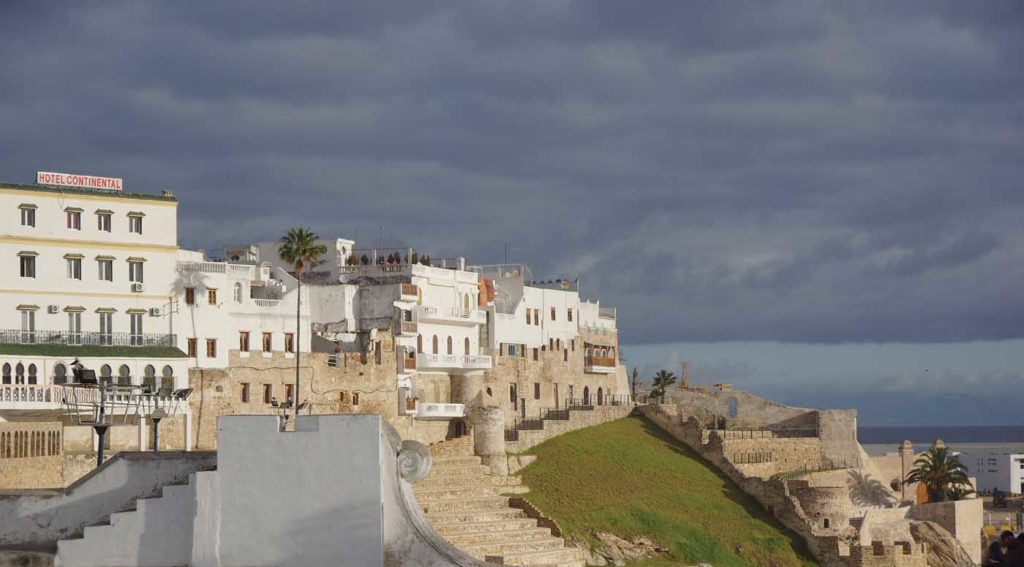
We covered nearly 7,000 miles (11,265 kilometers), crossing 23 countries in 25 days. We were swindled in Nigeria, robbed in Benin, mobbed in Dakar, beaten over the head with bureaucracy in Morocco, annoyed by the French, frustrated in Luxembourg, fell in love with Prague, and throughout it all, became good friends. It was a bittersweet adventure, with mayhem intertwined with awe, every one of us pushing forward to get the job done. Ever the professionals, we did what we do best, right to the end.
This story was first published on therotorbreak.com.



